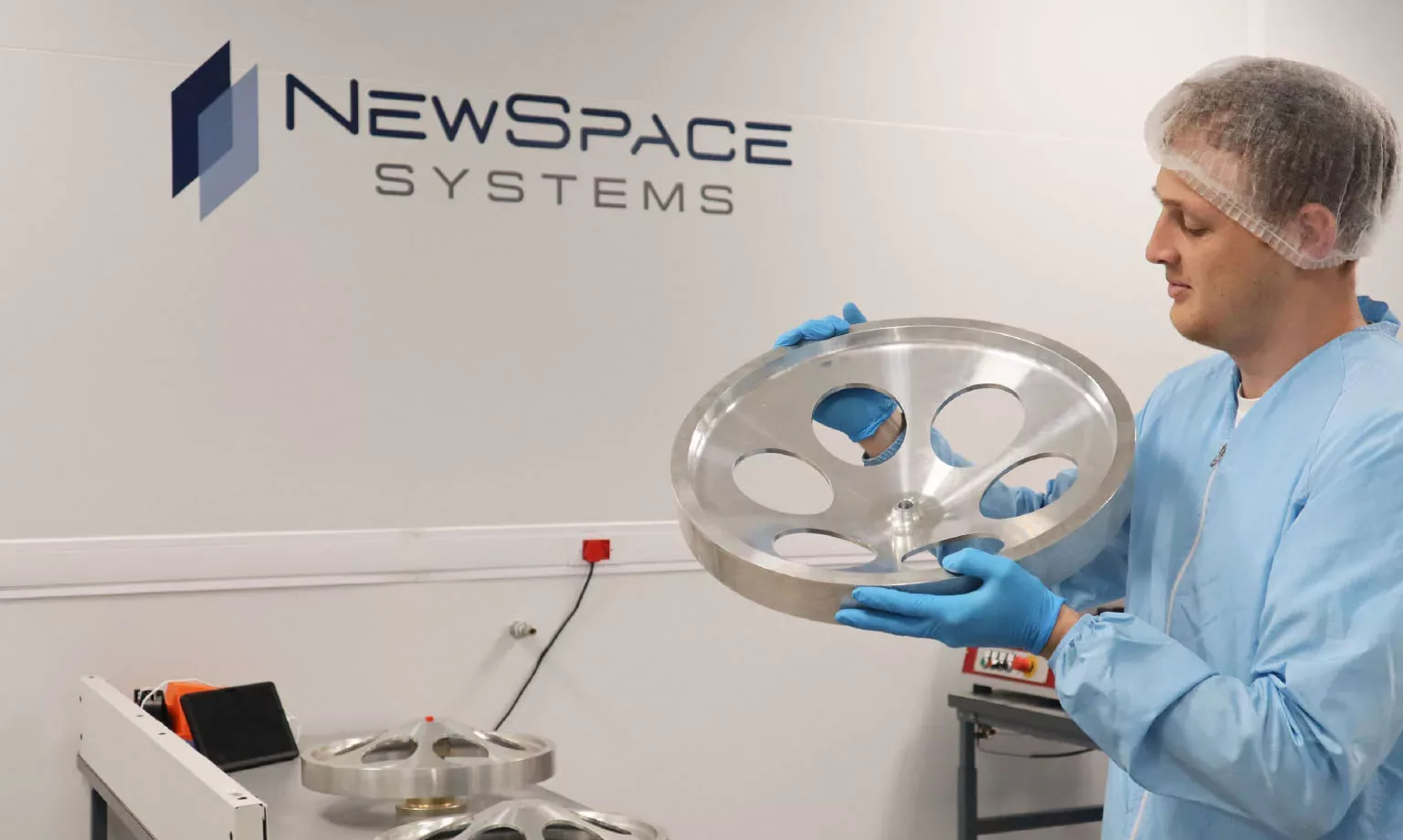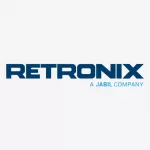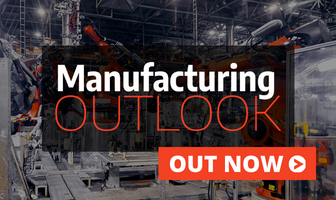At the forefront of the African aerospace manufacturing industry, NewSpace Systems is breaking boundaries and pioneering new frontiers in technological advancements while contributing to economic growth on the continent. CEO, James Barrington-Brown, tells us more.
ENABLING EXPLORATION THROUGH INNOVATION
Born out of humanity’s insatiable curiosity to explore the cosmic expanse, the NewSpace Systems (NSS) narrative launched in 2013, when its CEO, James Barrington-Brown, recognised the untapped potential of manufacturing precision spacecraft components and sub-systems technology in South Africa (SA).
“I spearheaded the establishment of a European-class hub, and since then, NSS has been committed to the continuous expansion of manufacturing capabilities and R&D,” Barrington-Brown opens.
Evidently, the trusted multinational company continues to push the boundaries of innovation in the aerospace industry.
“Our products have been utilised on more than 2,000 spacecraft, and with over a decade of expertise in manufacturing guidance, navigation, and control (GNC) products, we have solidified our position as the largest exporter of spacecraft-utilised hardware on the African continent,” affirms Barrington-Brown.
To support its position, NSS’ headquarters are located in Somerset West, SA, employing over 100 skilled professionals. The company has additional strategically located branches across North America, Europe, and Oceania to bolster its global operations, alongside a diverse client base, ranging from commercial entities to government agencies.
“We’re supporting the majority of spacecraft manufacturers, encompassing esteemed blue-chip companies, constellation builders who comprise 500 or more satellites, and more than 17 national space agencies, including NASA.”
As experts in GNC technology, NSS products are integral for various satellite missions. In the realm of communications and radar satellites, its equipment ensures precise antenna alignment, while for Earth observation satellites, it facilitates accurate camera pointing.
“What sets NSS apart is its adaptability to different satellite types, catering to both commercial and government needs. The success of our products is grounded in this versatility,” Barrington-Brown elaborates.
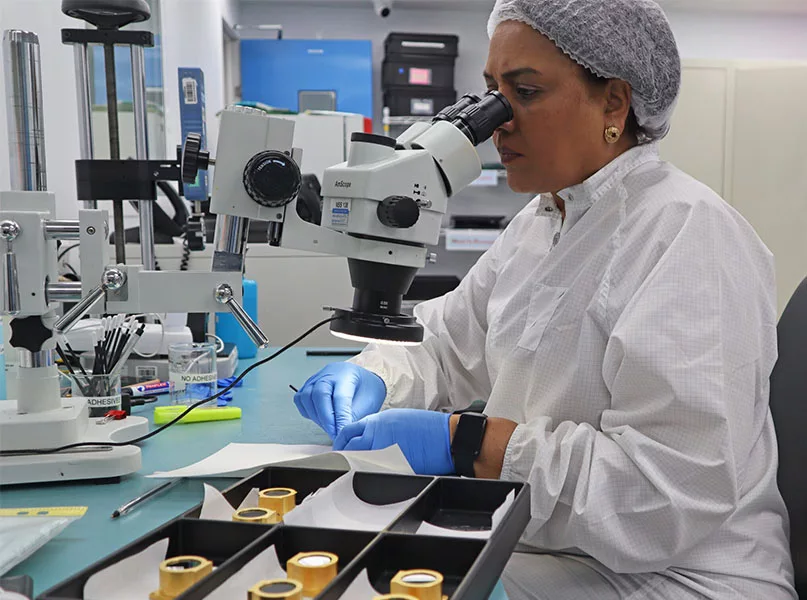
PIONEERING PRODUCTION PROCESSES
As the space industry undergoes a transformative shift, NSS is witnessing an increased focus on game-changing constellation use. For certain missions, this translates to a higher frequency of captured images throughout the day, but this is not the only benefit.
“In communications, having a satellite constantly overhead enables seamless connectivity globally. Our primary focus is to align with the sector’s shift, contributing to the evolving landscape of space initiatives by enhancing our production volumes to meet the growing demands of these innovative mission profiles,” Barrington-Brown outlines.
Regarding spacecraft navigation control, the initial challenge lies in determining a position, considering there is no concept of up or down in space.
“To address the navigation issue, we utilise guides such as the Sun, which serves as a stable reference, along with the stars and the Earth’s magnetic field. This involves the use of Sun sensors, magnetometers, and stellar gyroscopes.
“Once the spacecraft’s position is established, the orientation is managed using Earth’s magnetic field, employing electro-magnetic rods and reaction wheels that utilise accelerating rotating masses.
“This approach minimises fuel consumption and ensures operational longevity. For orbit position, we incorporate Global Navigation Satellite Systems (GNSS) to precisely locate the spacecraft relative to Earth,” explains Barrington-Brown.
On the production side, NSS has invested in a unique, clean manufacturing facility in Africa. Drawing inspiration from the automotive and aviation industries, it implements controlled and repeatable processes.
“We house our production machinery in a dust-free, humidity and temperature-controlled environment, crucial for spacecraft manufacturing where reliability and longevity are paramount.”
The company has also invested in environmental testing capabilities that simulate the launch and orbital habitat in space, such as vibration machines to test mechanical robustness and thermal cycling ovens.
Accurately reproducing and testing components on the ground that have previously been qualified for use in space is essential, given the impracticality of on-orbit maintenance or repairs.
“We employ a highly skilled product development team alongside our manufacturing capability, designing new products based on market demand and advances in available technology and material,” notes Barrington-Brown.

AEROSPACE EVOLUTION
The space activity landscape has recently undergone a profound transformation. Initially solely government-funded, it was mainly science-oriented and supported long-distance telecommunications. However, the industry has now moved significantly towards a commercially financed model.
“Companies are leveraging private investments to create services centred around supplying imaging data or global internet and mobile communications. However, the historical challenge has been the high cost of space infrastructure, making it difficult for these business models to formulate a viable plan,” he explains.
To tackle the problem, notable examples such as SpaceX have successfully reduced the cost of launching satellites. Similarly, NSS has played a crucial role in lowering the cost of manufacturing spacecraft platforms, enabling these space-based services to compete effectively with their terrestrial counterparts.
“Once launched and deployed, satellites operate from solar power and maintain orbit with virtually no fuel consumption. This results in a very low-cost resource for many years of service. Therefore, the primary challenge lies in the initial price of building and launching these assets into space,” informs Barrington-Brown.
Nevertheless, a notable surge in private investment and venture capital (VC) has been pouring into the space industry in the last five years, with a particular focus on constellations and lower-cost satellites.
This trend has created growth opportunities for prime and Tier 2 contractors, such as NSS.
“We liken ourselves to the shovel providers in the gold rush, as we supply essential components for the industry’s expansion,” he points out.
With a considerable influx of funding at the service level, there is a positive flow-down effect throughout the supply chain, benefitting prime and secondary contractors.
“At NSS, our role as suppliers to prime contractors has contributed to our success in this dynamic and growing industry, particularly in the field of GNC technology,” Barrington-Brown reports.
ONEWEB ONE WORLD
Early on in its journey, NSS was selected for the OneWeb programme – a global broadband satellite constellation featuring 650 spacecraft. The network provides the unique aspect of continuously operating a spacecraft overhead at any given point on the planet. This breakthrough allows for low latency global broadband and voice communications.
“In the context of Africa, this holds tremendous potential as, previously, rural communities outside the range of traditional cell phone towers could not access fast communication services,” enlightens Barrington-Brown.
Another benefit of the OneWeb programme is its impact on education and businesses, with advantages extending to telemedicine, enhancing health services, and contributing to overall societal well-being.
“In essence, broadband serves as a critical enabler. It’s not just about connectivity; it’s about empowering people at the grassroots level and transforming society by bringing the benefits of space technology to everyday lives.”
It is important to note that NSS isn’t just a manufacturing entity; equally, it’s a product development company, necessitating a diverse skill set across engineering and industrialisation. Consequently, continual upskilling is a vital component of NSS’ workforce development.
“On the artisan side, we tap into a rich pool of skilled individuals who exhibit manual dexterity, patience, and precision qualities essential for producing high-quality and reliable products. We invest in their development by providing six months of training to meet international space standards.”
Many employees embrace the space industry after joining NSS, which Barrington-Brown finds rewarding.
“Their contributions to space exploration can be truly inspirational; a mother returning home after a day’s work can share with her children that she played a part in building something destined for the Moon or Mars.
“Not only does this instil a sense of pride, but it also encourages the next generation to dream beyond their current circumstances, fostering aspirations to become astronauts, rocket scientists, spacecraft designers, and builders,” he exclaims.
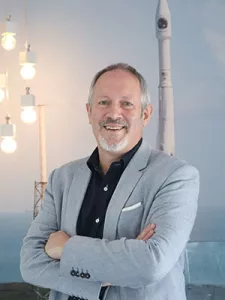
“Robots excel in repetitive tasks for mass production, but we recognise that space-related manufacturing requires a more nuanced approach”
James Barrington-Brown, CEO, NewSpace Systems
REVOLUTIONARY INVESTMENTS
With the rise and emergence of constellations entering the market, NSS focuses on scaling up its ability to produce high-reliability equipment in large volumes.
While there is a strong push towards Industrial Revolution 4.0, which emphasises replacing people with automation, artificial intelligence (AI), and robotics, Barrington-Brown advocates for a concept he terms Industrial Revolution 4.1.
“Rather than replacing people, we aim for efficiency by employing flexible, rapidly adaptable production lines that integrate human skills. This unique approach aligns with our vision for a more globally minded and game-changing manufacturing process,” he shares.
While NSS is introducing automation, it remains committed to preserving the human touch in the production process.
“Robots excel in repetitive tasks for mass production, but we recognise that space-related manufacturing requires a more nuanced approach. Space projects often involve small batches, and humans offer a cost-effective and efficient solution, especially in a low-cost environment like Africa,” details Barrington-Brown.
NSS’ investment strategy includes ongoing efforts to enhance its workforce’s skills, acknowledging that space manufacturing’s intricacies demand precision and customisation.
“In this pursuit, we have acquired advanced equipment, such as optical inspection tools, designed to enhance the abilities of our skilled workforce instead of replacing them.
“These investments underscore our commitment to maintaining quality and reliability in the face of the challenging space environment, aligning with our goal of advancing space technology in a uniquely African manner,” Barrington-Brown concludes.



